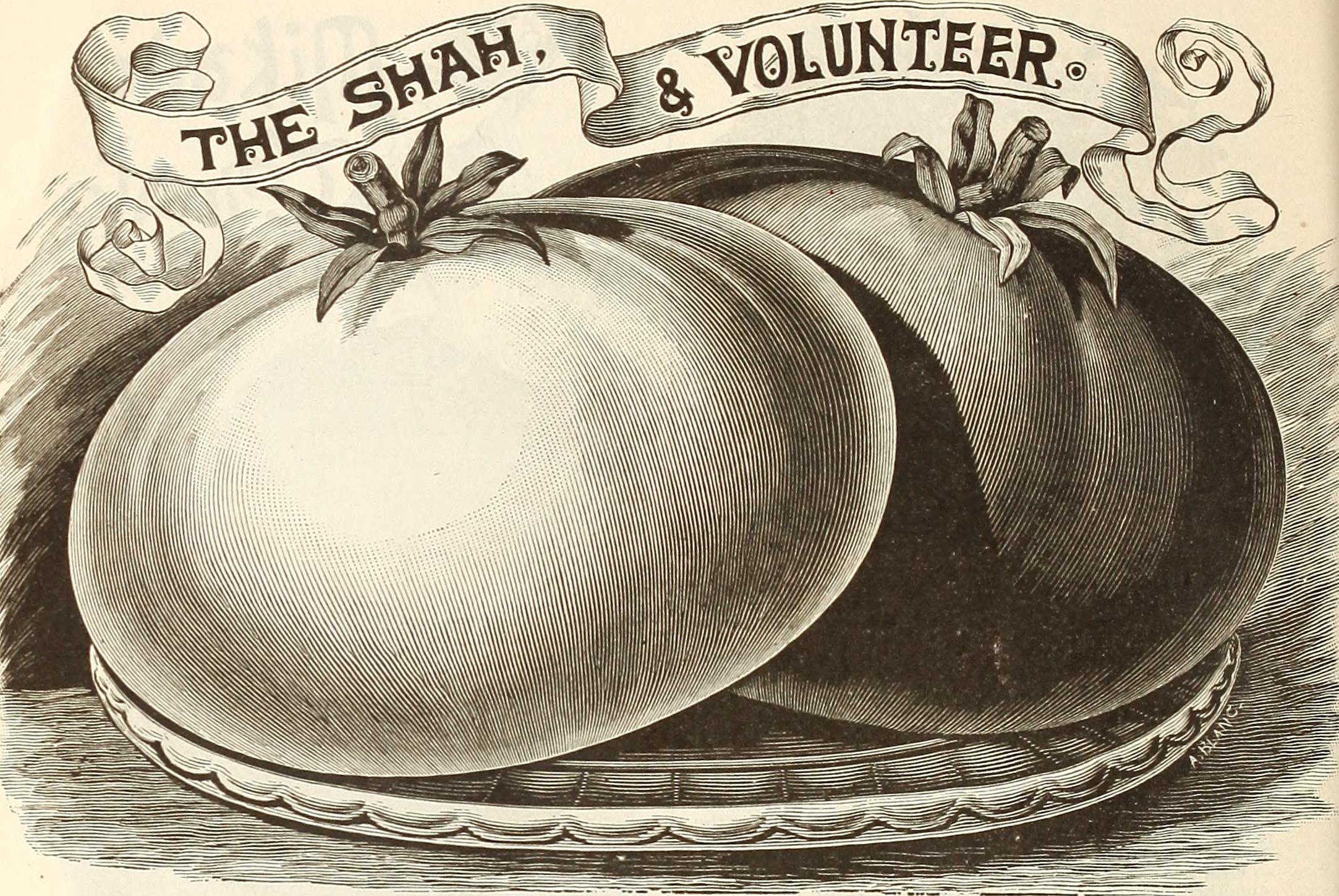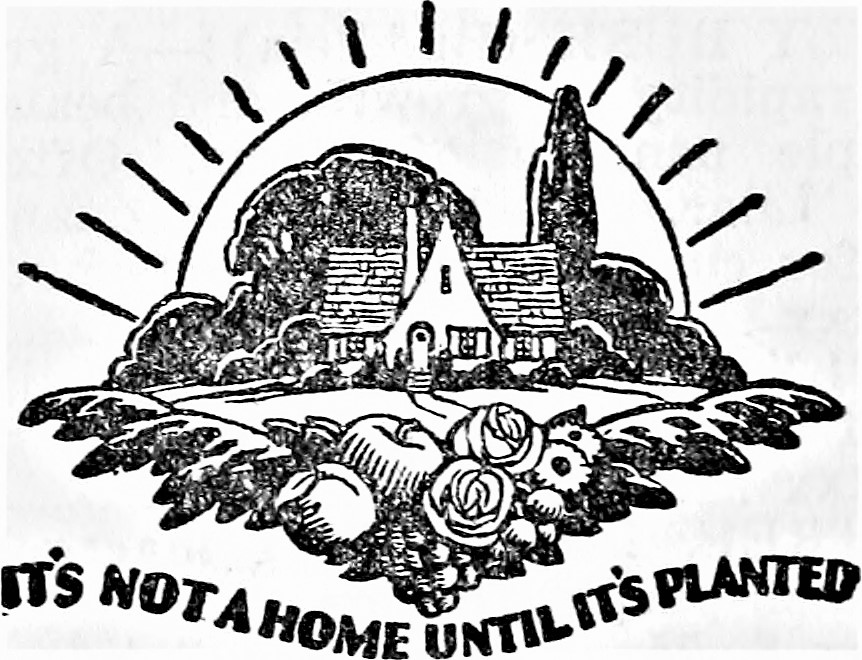Sorry. I just like exclamation marks.

There’s never any perfect location in gardening. Perfection, whether it’s in gardening or in anything else in life, is pretty hard to find. But there are plenty of good locations that just need a little tweaking.
The best place to grow tomatoes will have full sun for six hours a day. Hotter southern locations might need a little afternoon shade to give the tomatoes a bit of relief so they can survive and thrive. A well-drained site with rich, loamy soil is ideal. If you don’t have a location with full sun for six hours a day, you might have to trim back some tree branches. If your soil isn’t ideal, start adding organic material like compost to it.
Have your planting area ready to go, and have plenty of space between your plants. They look tiny now, but they’ll eventually produce vines that are 10 to 14 feet long. THAT’S TEN TO FOURTEEN FEET LONG. Plant them two or three feet apart.
When you plan where you want to put tomatoes (and this also goes for peppers, potatoes, and eggplant, which are in the same family as tomatoes), don’t plant them in the same places as last year. Also, don’t plant tomatoes where you had peppers, potatoes, or eggplants last year. All three of these plants are in the same family – the Nightshade family – and have the same diseases in common. By rotating planting areas, you avoid a buildup of pests and diseases in the same spot year after year.
That’s something to keep in mind when planting other plants, too. For example, when marigolds are planted in the same bed again and again, you start seeing nodes on their roots when you pull them up in the fall. The nodes, which look like large bumps, indicate that nematodes have been building up in the soil. These tiny white worms dig into the roots (which cause nodes) and sap the life of the plants. Swap out the marigolds for a different plant – one that is not susceptible to nematodes – and the nematodes will die off.
Variety is a good thing.
Some folks use marigolds as trap plants for nematodes. They plant them in the garden, give the nematodes time to dig into the roots, then yank them (and the nematodes) out of the soil. Bye-bye buggers!
Plant your tomatoes deep!
This is helpful advice in general. Mr. Green Jeans (from the old TV show Captain Kangaroo, for you older folks LIKE ME) used a post-hole digger to plant his tomatoes. You can actually plant up to 2/3 of your tomato plant underground – so, if you have a tomato that’s ten inches tall, you can bury all of it and leave three inches sticking out of the soil. Yeah, that’s deep!
Obviously you can’t do that with … well, just about any other plant. But tomatoes are different, because they will actually set roots all the way up and down their stems.
Planting deeply causes the tomato to root deeply. A deep, well-established rooting system can pull more nutrients out of the soil, and will also be protected from drought, able to pull water from deep in the soil. The deep-rooted plant also stays cooler in the heat, and so it can get through summer more easily, and won’t fall over during thunderstorms.
If you aren’t able to dig this deep, then lay the tomato plant on its side and plant it sideways. You can also pile up soil around your tomato stem as it grows to increase root mass.
The deep-planted tomatoes will take a little extra time to grow. That’s because they’re putting their energy into rooting. But once they get all rooted, they’ll grow like crazy.
Add good stuff to the soil around your tomato plant.
There are all kinds of soil additives you can add to the soil around your tomato plant. Compost is the best soil additive. You can also add well-crushed eggshells for calcium and a half-cup of Epsom salts for magnesium. Both of these help the tomato to resist blossom-end rot. Banana peels also add phosphorus to the soil if you want to add those! Add a handful of natural fertilizer (I like Bradfield fertilizer a lot) to the soil, too.
Mix them all together, then set your tomato plant deep in the hole, dump all that good soil into the hole around it, and water it deeply – several gallons of water should do the trick. Top-dress the soil (that is, lay on top of the soil) about an inch of good compost all around your tomato plant. Once the weather heats up and the soil warms up, lay down a couple of inches of mulch, whether grass clippings, chopped-up leaves from last fall, hay, straw, or anything else. I put down a layer of newspaper mulch.
Get large metropolitan newspapers that have lots of pages (ask your local library for old newspapers if you don’t have them), and lay down the newspaper pages ten thick. Of course, be sure to do this on a calm day. Throw a little mulch on top of the pages as you work, just in case you get a breeze. You can lay these pages right on the top of small annual weeds, and even use them to smother perennial weeds. Once the pages are down, throw a nice, thick layer of mulch over the top of them. The newspapers will gradually break down over the year, but they’ll keep the ground cool and are very good at suppressing weeds.
Stagger planting
Buy tomato varieties that ripen at different times. Or, plant one portion of your tomato plants, them plant more three weeks later. This helps you space out your tomato harvest if you’re planting determinate varieties only.
You’ll also have to plant your tomatoes in a different location every year to keep diseases from building up in the soil, and you have to wait three years before you plant tomatoes in the same place where you’ve planted tomatoes, potatoes, pepper, or eggplants. All of these are in the Solanaceae (or Nightshade) family, and share diseases between them. They’re almost as bad as members of the rose family! Almost.
So keep your garden plans from one year to the next so you can make sure you move your tomato plants around and avoid previous planting locations.
Pruning
Do you see a stem on your tomato that is not bearing flowers or fruit? Pinch it off. Then the tomato can divert energy toward fruits. Also, pinching off the suckers will give you a stronger, bushier plant in general.

What if you plant late?
So things happen, and you can’t get everything planted on time. Or, you run across some tomato plants on sale toward the end of the season and realize you have a few open spaces in your garden that could easily be filled by a tomato, or two, or maybe 15. What do you do then?
Look at the tag and see how many days your tomato plant needs to fully mature. A lot of tomato varieties need 100 days to mature, but some take only 50 to 60 days to mature. Sixty days is two months. A quick mental calculation will tell you if your tomato will have time to grow tomatoes to full ripeness before the first frost date.
You can even cut some time off the “planting to maturity” thing by planting large, husky tomato plants that already have fruit on them. The pickings are going to be slim out there, as a lot of box stores and nurseries will be clearing out their inventory in late spring and early summer. So if you see a good tomato on sale, then pounce.
Also, if you can, choose tomato varieties those that are fast-ripening varieties – the tag will tell you how many days you have until harvest.
In this case, though, if you want tomatoes fast, grab the small-fruited varieties – cherry tomatoes, grape tomatoes. You don’t have to wait long for these guys at all before you can start popping tomatoes in your mouth. (That’s also why I put these in the ground first in early spring – because I do love fast results!) They’re small, but hey, they’re tomatoes.
When you get your tomaters home (that’s my grandpa talking there), plant them in the warmest place you have. Imagine your yard in winter. After the snow falls, in what spot in your yard does it melt most quickly? Grab a shovel and put your tomatoes right there. Now, there’s going to be a problem with that – tomatoes will stop production when the temperatures are above 90 degrees. But that doesn’t have to be a problem. Rig a little shade cloth to keep the sun off when the thermometer tops 90 degrees.
You have other ways to improve the tomato harvest as the frost date creeps up on you. For large-fruited tomato varieties, you might cull some of the low-quality fruit off the plant. Then the tomato can divert its energy toward ripening the fruit that remains.
